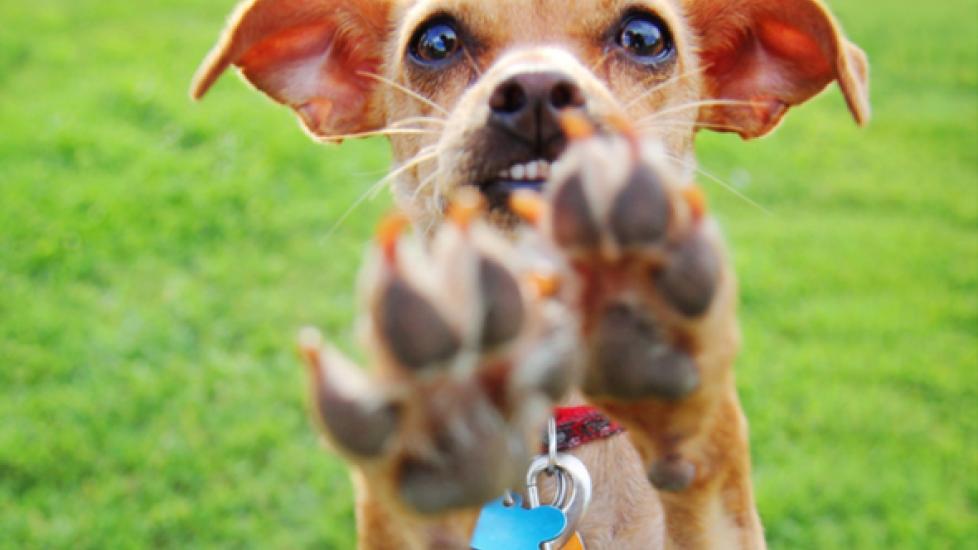What to Do If a Dog Scratches You
Many people know about cat scratch fever, but can a dog scratch be just as dangerous? Although you are less likely to contract severe illness from a dog scratch, there is still a possibility of it happening. If you are scratched by a dog, here’s what you need to know.
Potential Infections Can Occur from a Dog Scratch
Dogs walk on all four feet and dig in whatever they can find, which means dog nail beds are very dirty. They can harbor all sorts of bacteria and fungi that can readily infect humans through broken skin, including tetanus. Dogs also lick their paws, transferring bacteria from the mouth onto the nails. This can, in rare cases, infect humans with MRSA or bacteria called Capnocytophaga if the scratch breaks the skin.
What About Rabies?
“Can I get rabies from a dog scratch?” is a popular online search. Even though it is highly unlikely that a human will contract rabies from an animal scratch, it can still happen. The virus that causes rabies is spread through contact with saliva or brain tissue from an animal infected with rabies, but it cannot penetrate unbroken skin. If a rabid dog with saliva-covered nails scratches a human, theoretically infection can occur; however, most dogs are vaccinated against rabies and are not at risk for infection. If your dog has had contact with a rabid animal, take additional precautions and seek veterinary care immediately.
How to Treat a Dog Scratch
Animal scratches may seem harmless, but they can turn into serious infections if the skin is broken. Puncture wounds may look the least serious, but they carry the highest risk of severe infection. If the scratch is bleeding heavily, apply pressure with a clean towel until the bleeding has stopped. Once the bleeding has subsided, wash the wound thoroughly with soap and water for three minutes. Clean and dry the skin, and then apply a small amount of antibiotic ointment and cover the wound with a bandage. Make sure to check the scratch for signs of infection, which include increased heat, redness, swelling, pain or red streaking on the skin. Monitor the wound for at least 72 hours, and if you experience any of those symptoms, seek the attention of a medical professional immediately.
